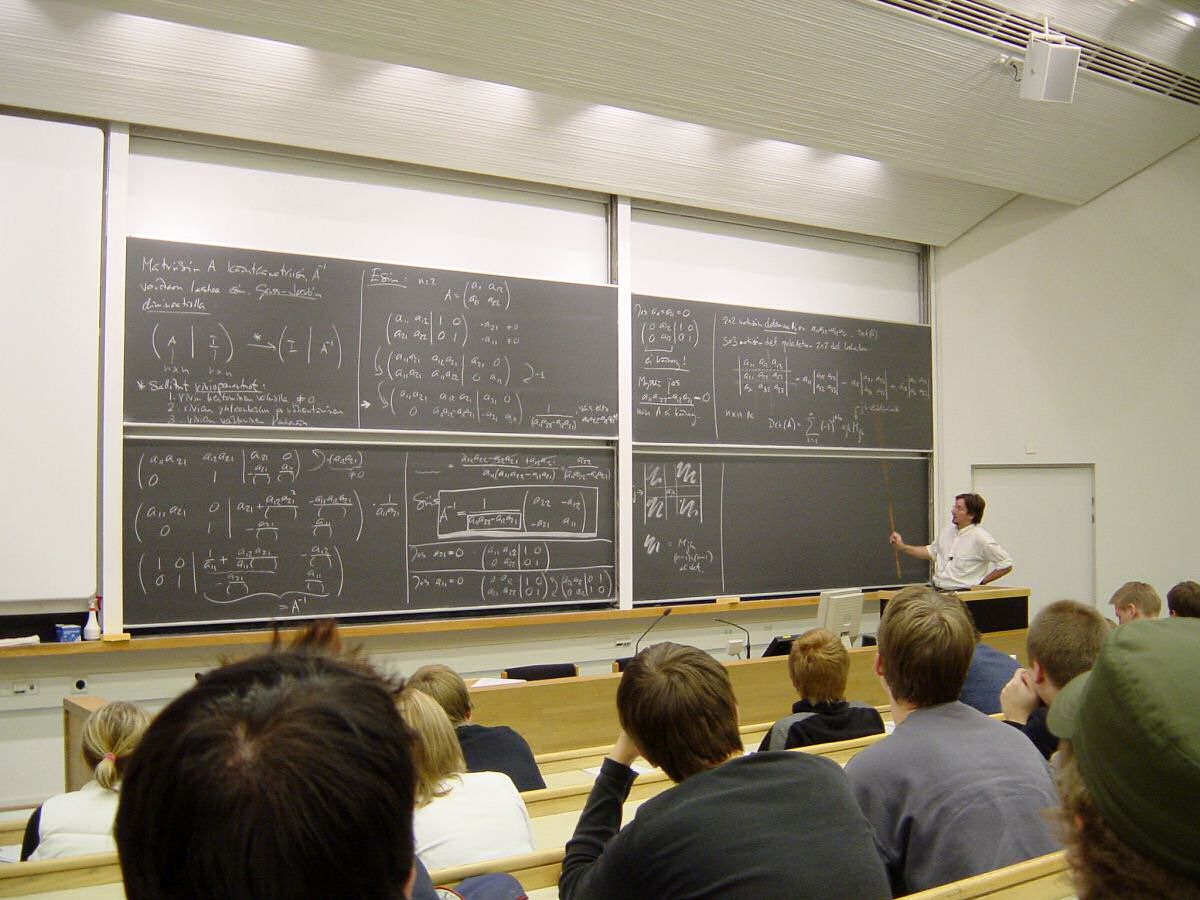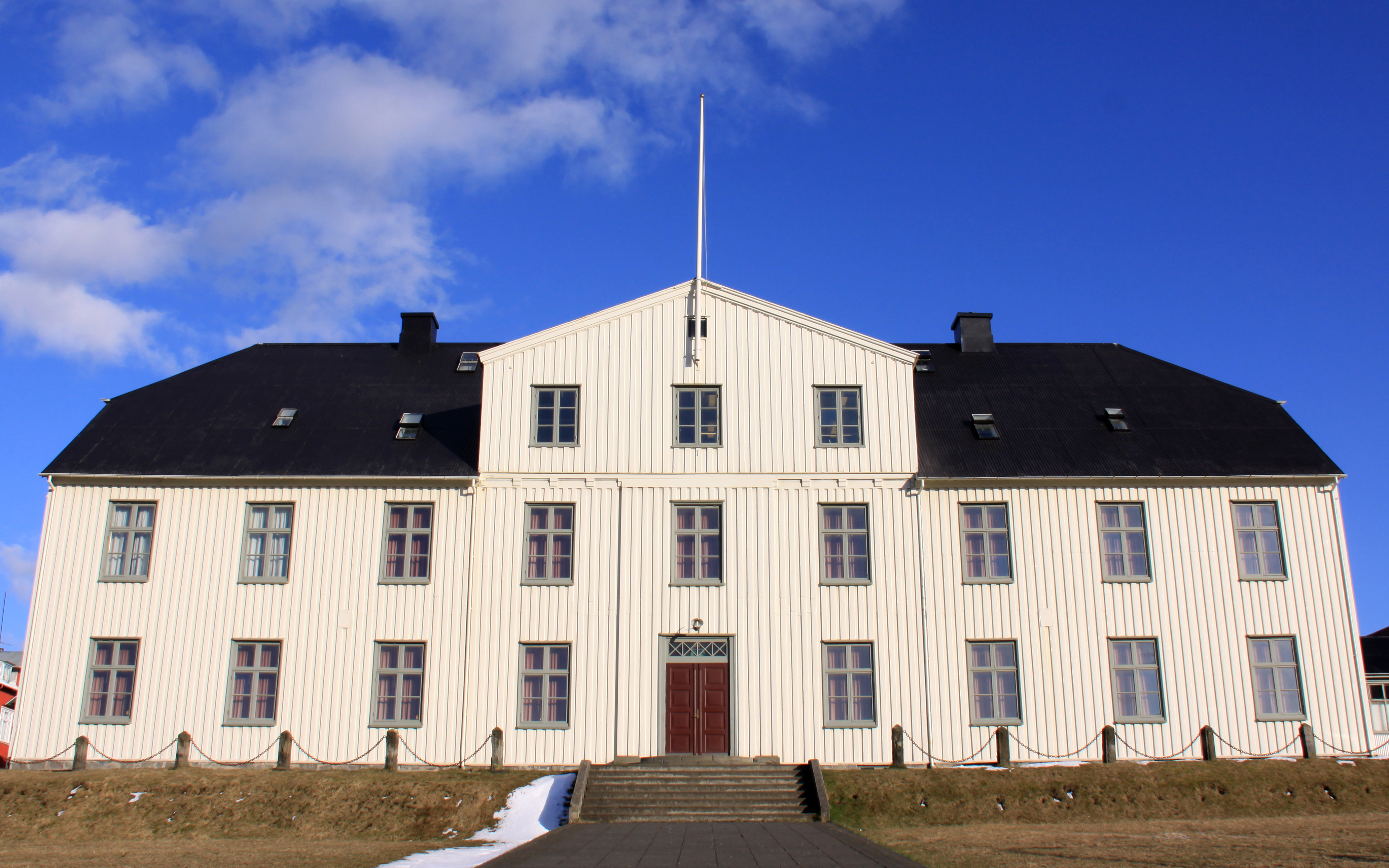|
Education In Iceland
The system of education in Iceland is divided in four levels: playschool, compulsory, upper secondary and higher, and is similar to that of other Nordic countries. Education is mandatory for children aged 6–16. Most institutions are funded by the state; there are very few private schools in the country. Iceland is a country with Gymnasium (school), gymnasia. Background The first national education law was the 1907 education law, and the first national curriculum was published in 1926. Although the curriculum was periodically revised, the overall education system was not significantly modernized until the Compulsory Education Act of 1974, which mandated special education services for all students with disabilities. According to the Ministry of Education, Science and Culture (Iceland), Ministry of Education, Science and Culture: The Ministry of Education, Science and Culture has the jurisdiction of educational responsibility. Traditionally, education in Iceland has been run i ... [...More Info...] [...Related Items...] OR: [Wikipedia] [Google] [Baidu] |
Higher Education
Tertiary education (higher education, or post-secondary education) is the educational level following the completion of secondary education. The World Bank defines tertiary education as including universities, colleges, and vocational schools. ''Higher education'' is taken to include undergraduate and postgraduate education, while vocational education beyond secondary education is known as ''further education'' in the United Kingdom, or included under the category of ''continuing education'' in the United States. Tertiary education generally culminates in the receipt of Academic certificate, certificates, diplomas, or academic degrees. Higher education represents levels 5, 6, 7, and 8 of the ISCED#2011 version, 2011 version of the International Standard Classification of Education structure. Tertiary education at a nondegree level is sometimes referred to as further education or continuing education as distinct from higher education. UNESCO stated that tertiary education focu ... [...More Info...] [...Related Items...] OR: [Wikipedia] [Google] [Baidu] |
Faculty (university)
A faculty is a division within a university or college comprising one subject area or a group of related subject areas, possibly also delimited by level (e.g. undergraduate). In North America, academic divisions are sometimes titled colleges, schools, or departments, with universities occasionally using a mixture of terminology, e.g., Harvard University has a Faculty of Arts and Sciences and a Law School. History The medieval University of Bologna, which served as a model for most of the later medieval universities in Europe, had four faculties: students began at the Faculty of Arts, graduates from which could then continue at the higher Faculties of Theology, Law, and Medicine. The privilege to establish these four faculties was usually part of medieval universities' charters, but not every university could do so in practice. The ''Faculty of Arts'' took its name from the seven liberal arts: the triviumThe three of the humanities (grammar, rhetoric, dialectics) and the quadr ... [...More Info...] [...Related Items...] OR: [Wikipedia] [Google] [Baidu] |
Medicine
Medicine is the science and Praxis (process), practice of caring for patients, managing the Medical diagnosis, diagnosis, prognosis, Preventive medicine, prevention, therapy, treatment, Palliative care, palliation of their injury or disease, and Health promotion, promoting their health. Medicine encompasses a variety of health care practices evolved to maintain and restore health by the prevention (medical), prevention and treatment of illness. Contemporary medicine applies biomedical sciences, biomedical research, medical genetics, genetics, and medical technology to diagnosis (medical), diagnose, treat, and prevent injury and disease, typically through pharmaceuticals or surgery, but also through therapies as diverse as psychotherapy, splint (medicine), external splints and traction, medical devices, biologic medical product, biologics, and Radiation (medicine), ionizing radiation, amongst others. Medicine has been practiced since Prehistoric medicine, prehistoric times, and ... [...More Info...] [...Related Items...] OR: [Wikipedia] [Google] [Baidu] |
Theology
Theology is the study of religious belief from a Religion, religious perspective, with a focus on the nature of divinity. It is taught as an Discipline (academia), academic discipline, typically in universities and seminaries. It occupies itself with the unique content of analyzing the supernatural, but also deals with religious epistemology, asks and seeks to answer the question of revelation. Revelation pertains to the acceptance of God, gods, or deity, deities, as not only transcendent or above the natural world, but also willing and able to interact with the natural world and to reveal themselves to humankind. Theologians use various forms of analysis and argument (Spirituality, experiential, philosophy, philosophical, ethnography, ethnographic, history, historical, and others) to help understanding, understand, explanation, explain, test, critique, defend or promote any myriad of List of religious topics, religious topics. As in philosophy of ethics and case law, arguments ... [...More Info...] [...Related Items...] OR: [Wikipedia] [Google] [Baidu] |
University Of Iceland
The University of Iceland ( ) is a public research university in Reykjavík, Iceland, and the country's oldest and largest institution of higher education. Founded in 1911, it has grown steadily from a small civil servants' school to a modern comprehensive university, providing instruction for about 14,000 students in twenty-five faculties. Teaching and research is conducted in social sciences, humanities, law, medicine, natural sciences, engineering and teacher education. It has a campus concentrated around ''Suðurgata'', a street in central Reykjavík, with additional facilities located in nearby areas as well as in the countryside. History The University of Iceland was founded by the on 17 June 1911, uniting three former post-secondary institutions: ''Prestaskólinn'', ''Læknaskólinn'' and ''Lagaskólinn'', which taught theology, medicine and law, respectively. The university originally had only faculties for these three fields, in addition to a faculty of humanities. D ... [...More Info...] [...Related Items...] OR: [Wikipedia] [Google] [Baidu] |
Bessastaðir
Bessastaðir (, ) is the official residence of the president of Iceland. It is situated in Álftanes ( Garðabær Municipality), about from the capital city, Reykjavík. History Bessastaðir was first settled in 1000. It became one of Snorri Sturluson's farms in the 13th century. After Snorri's murder in September 1241, Bessastaðir was claimed by the King of Norway. Thereafter it became a Royal stronghold and the dwellings of the King's highest-ranking officers and officials in Iceland. It resisted an attack by Turkish slave raiders in July 1627. In the late 18th century Bessastaðir was changed into a school for a few years, before becoming a farm. In 1867 the farm was purchased by the poet and statesman Grímur Thomsen Grímur Thomsen (May 15, 1820 – November 27, 1896), Icelandic poet and editor, was born in Bessastaðir in 1820. He was the son of Þorgrímur Tómasson, a goldsmith. In 1837, he went to the University of Copenhagen, where he studied law and ..., who ... [...More Info...] [...Related Items...] OR: [Wikipedia] [Google] [Baidu] |
Reykjavík
Reykjavík is the Capital city, capital and largest city in Iceland. It is located in southwestern Iceland on the southern shore of Faxaflói, the Faxaflói Bay. With a latitude of 64°08′ N, the city is List of northernmost items, the world's northernmost capital of a sovereign state. Reykjavík has a population of around 139,000 as of 2025. The surrounding Capital Region (Iceland), Capital Region has a population of around 249,000, constituting around 64% of the country's population. Reykjavík is believed to be the location of the first permanent settlement in Iceland, which, according to , was established by Ingólfr Arnarson, Ingólfur Arnarson in 874 Anno Domini, AD. Until the 18th century, there was no urban development in the city location. The city was officially founded in 1786 as a trading town and grew steadily over the following decades, as it transformed into a regional and later Country, national centre of commerce, population, and governmental activities. Re ... [...More Info...] [...Related Items...] OR: [Wikipedia] [Google] [Baidu] |
Skálholt
Skálholt (Modern Icelandic: ; ) is a historical site in the south of Iceland, at the river Hvítá, Árnessýsla, Hvítá. History Skálholt was, through eight centuries, one of the most important places in Iceland. A bishopric was established in Skálholt in 1056. Until 1785, it was one of Iceland's two episcopal sees, along with Hólar, making it a cultural and political center. Iceland's first official school, Skálholtsskóli (now Menntaskólinn í Reykjavík, Reykjavík Gymnasium, MR), was founded at Skálholt in 1056 to educate clergy. In 1992 the seminary in Skálholt was re-instituted under the old name and now serves as the education and information center of the Church of Iceland. Throughout the Middle Ages there was significant activity in Skálholt; alongside the bishop's office, the cathedral, and the school, there was extensive farming, a Forge, smithy, and, while Catholicism lasted, a monastery. Along with dormitories and quarters for teachers and servants, the ... [...More Info...] [...Related Items...] OR: [Wikipedia] [Google] [Baidu] |
Menntaskólinn á Akureyri
The Akureyri Junior College ( , regionally also ; ) is an Icelandic gymnasium (academic secondary school). It is one of the oldest educational institutions in Iceland. The Menntaskólinn á Akureyri traces its roots to the ancient school in Hólar in Hjaltadalur valley, founded in the beginning of Jón Ögmundsson's episcopacy in 1130. Operation of that school was discontinued in 1802 but a campaign to reopen the school of the 'Northland' was soon launched. Success came in 1880 when a 'learned school' was opened at Möðruvellir in the valley of Hörgárdalur. The building in Möðruvellir burnt down in 1902 and the school was moved to Akureyri, where it is currently located. Today the Junior College is attended by about 700 pupils every year, and on the national day of Iceland, 17 June, approximately 120 students graduate yearly. The Junior College's headmaster is Karl Frímannsson. Tryggvi Gíslason (born 11 June 1938) was headmaster of Akureyri Junior College from 1973 ... [...More Info...] [...Related Items...] OR: [Wikipedia] [Google] [Baidu] |
Menntaskólinn í Reykjavík
Menntaskólinn í Reykjavík (MR; official name in English: Reykjavik College) is collegein Iceland. It is located in Reykjavík. The school traces its origin to 1056, when a school was established in Skálholt, and it remains one of the oldest institutions in Iceland. The school was moved to Reykjavík in 1786, but poor housing conditions forced it to move again in 1805 to Bessastaðir near Reykjavík. In 1846 the school was moved to its current location, and a new building was erected for it in Reykjavík. This was the largest building in the country at the time and can be seen on the 500 Icelandic krona bill. It was used initially when Althing began to meet again in Reykjavík after a few years hiatus and thus it is in this building where Icelandic independence leader Jón Sigurðsson led the MPs in their famous phrase, '' Vér mótmælum allir''. The school has previously been known as ''Lærði skólinn'' (The Learned School), ''Latínuskólinn'' (The Latin School) and by t ... [...More Info...] [...Related Items...] OR: [Wikipedia] [Google] [Baidu] |






